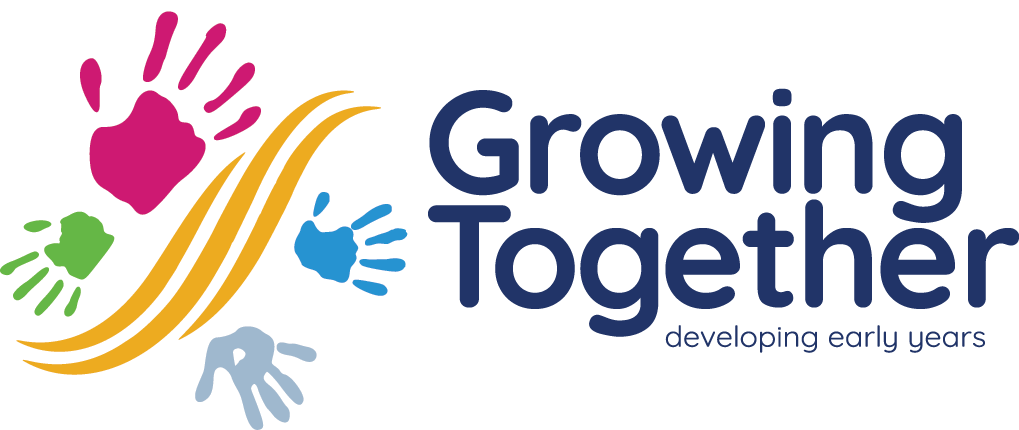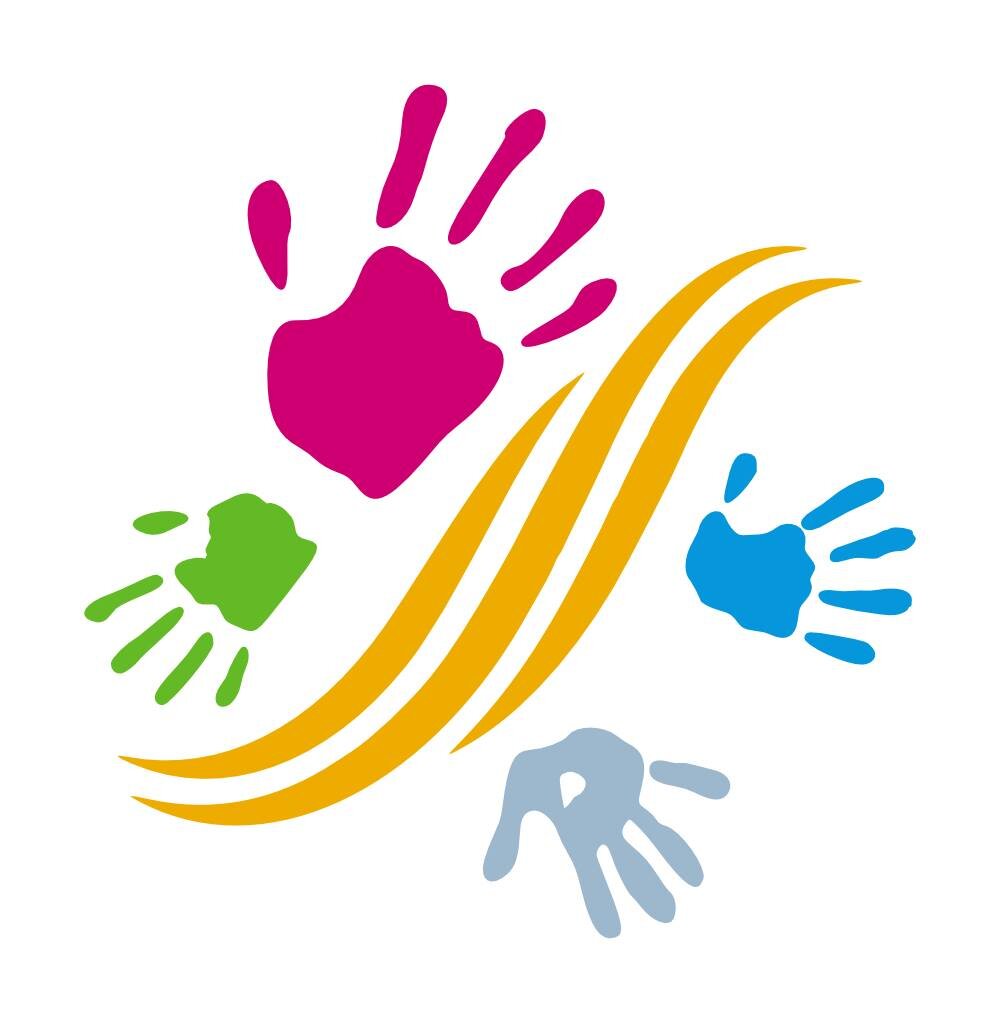The power of starting with a question in the Early Years
Children are naturally curious. Piaget often referred to children as mini-scientists. All our children have questions inside them that they love to ask and are naturally interested in the why and how things work or happen in the world around them. As practitioners we are often trying to help children to make connections between the different pieces of knowledge that they are obtaining.
Piaget often referred to this process as schematic learning and how we develop schemas of knowledge. These are the up-to-date ideas, knowledge and information that we hold about the world around us. Often in the early years we talk about schemas as the way in which children make sense of the world around them, because we see repeated actions in their play. For example, a child within the trajectory schema will be exploring throwing, often drop things from a highchair, explore the movement of themselves and objects both vertically and horizontally. This is the way that their brains are making connections and learning about the all-important world around them.
As a constructivist Piaget spoke about the process of accommodation, assimilation and reaching equilibrium as we build on our schemas of knowledge about the world around us. I often think of schemas as boxes of knowledge/information. When we are assimilating these boxes (schemas) it is changing the information that we already have, whereas accommodation is creating a new box (or schematic structure) of information to build with because something does not fit in with our pre-existing ideas. This then help’s us to reach a status of equilibrium, where there is no conflict between previous and new pieces of knowledge and information.
Tuning into children’s questions that they have about the world around them and how things work, is a fantastic way of exploring connections with young children. Whether that be questions that they have verbalised, such as, “Why is a tiger different to a cheetah?”. Or it is discovered through our careful observations of children’s learning and development that leads to supporting children’s enquiry-based learning through our careful interactions and enabling environments.
For example, we have noticed that Tommy has been sat with the clipboard and the toy cars and is placing the cars at the top, watching them go down and saying “wow!”. We might extend this to support more child-led learning, for example, adding in different materials to make ramps e.g. pieces of wood or cardboard. We might add non-standard units for measuring etc. But we are following the child’s interest and lead throughout the activity.
Our tips for creating an environment that encourages questions
Creating an environment where questions are encouraged, can be challenging. It can be so easy as educators or professionals wanting to jump in with one of the answers, or expect children to have an answer. My top tip to you is to model open-ended questions and statements. “I wonder why the smaller car went faster then the big one?” Or to think through problems aloud, (sometimes referred to as think aloud strategies); where we give a verbal dialogue of our observations. For example, “Wow! That car went really fast! It went faster then the bigger car. Maybe, I will try again and see what happened!”
Our second top tip is to create an environment that has a lot of open-ended resources. By this we mean resources that have multiple purposes or functions, that children can explore and play with in different ways. This is going to promote problem-solving and natural curiosity as children play. Resources that don’t have set outcome, meaning we are giving children the opportunity to develop their own ideas.
Our final tip for creating an environment that encourages questions, is to have the children’s voice at the centre of it. What are their interests? Can we see that physical in our environment and through the interactions we have? What intrinsically motivates our individual children and gets them ticking? For example, Ellie loves messy play and exploring mixing poster paints together and doing handprints – we are going to add to the environment powder paints, colour charts and water pots. To encourage exploring of consistency, how to make different colours and shades and so on.
A time where we’ve seen the power of starting with a question to support a child’s development
Case Study – How do we make a boat?
Several years ago, we were doing the story of Chinese New Year in one of my settings. The group of children at the time loved to use small world animals and puppets to retell a story. This, developed into them wanting to make a raft for some of the animals to cross the river, like in the story. So, the question was posed, how do we make a boat?
We didn’t give the children the answer, we supported them as they raided the art junk modelling resources to see what they thought would work to make a boat. We experimented initially putting different items into the water tray to see what would float (a suggestion from a child). Before a group of children settled on using a cardboard box, they spent time working together cutting sticking and making the shape they wanted.
We then tested our idea putting the cardboard in the water tray and adding plastic animals to see what happened. We observed for some time and talked about our observations, the animals made it sink slightly, they got wet feet. As the cardboard got soggy it didn’t really float anymore. Perhaps, we should try and cut up a plastic milk bottle. Maybe, it needs slightly round sides, because boats aren’t completely flat.
When they came in the next day we tried to make a boat with a milk bottle; it initially kept flipping. And we talked about and watched a video on buoyancy and then we tried again until they had perfectly made a floating boat with small world animals on it. I share this because that one question of how do we make a boat? Opened a whole spectrum of learning, resilience, perseverance, and enquiry. We could of easily of tried to jump in with an answer, looked at it technically, but we would have missed something that was vitally important. Self-discovery, the power of investigating a question for ourselves.
We hope that you’ve enjoyed reading our blog. Do let us know in the comments if you would like us to write more about encouraging curiosity in the early years.



